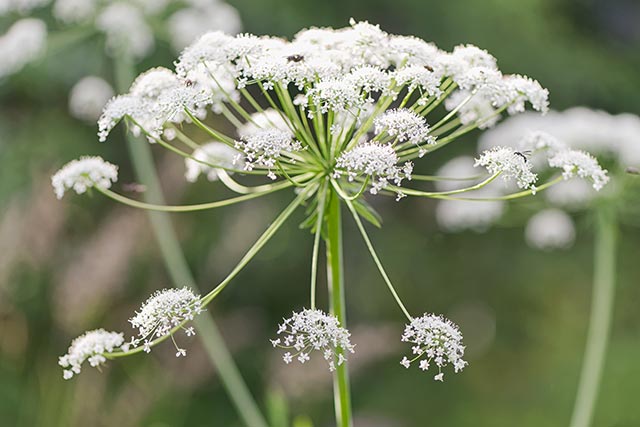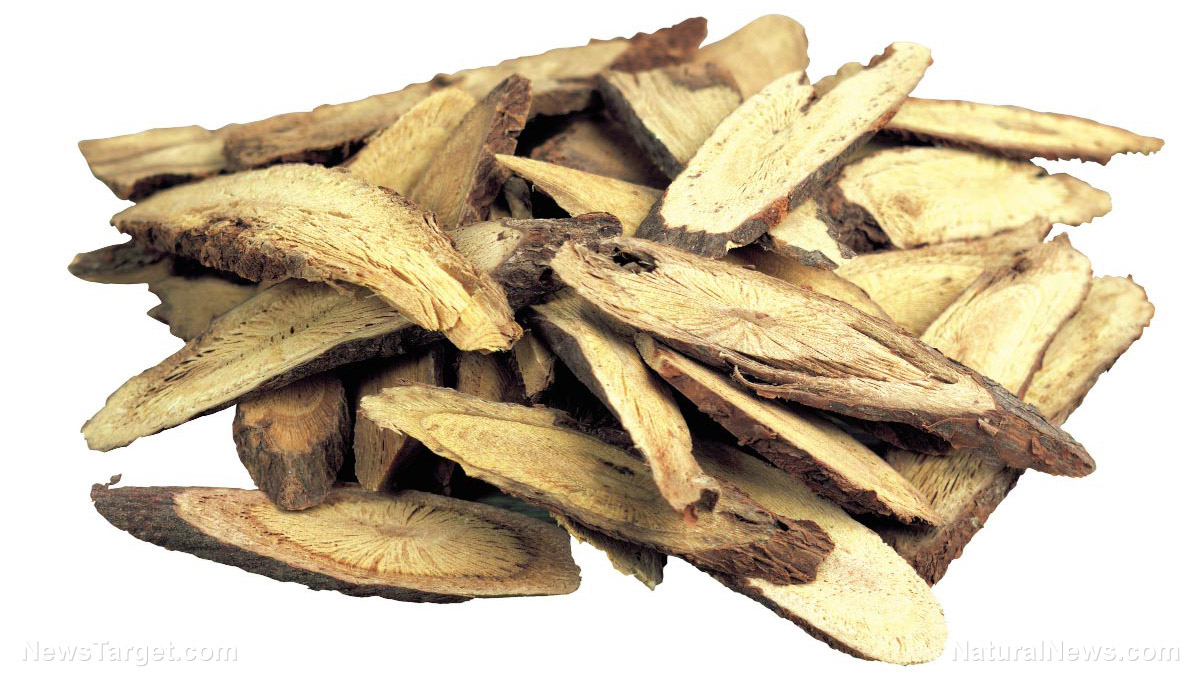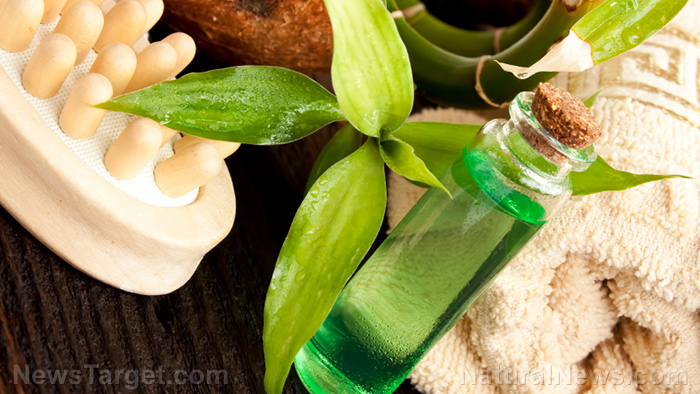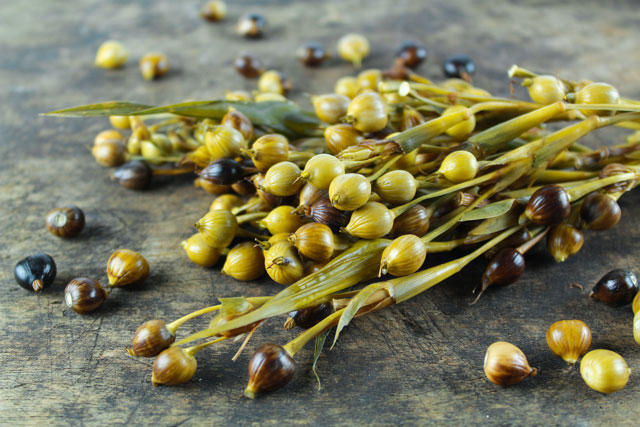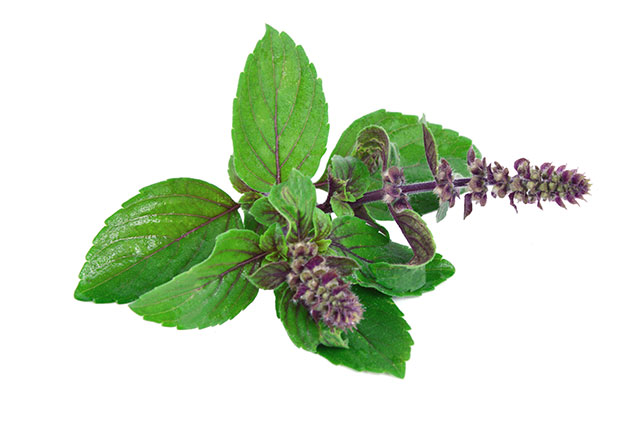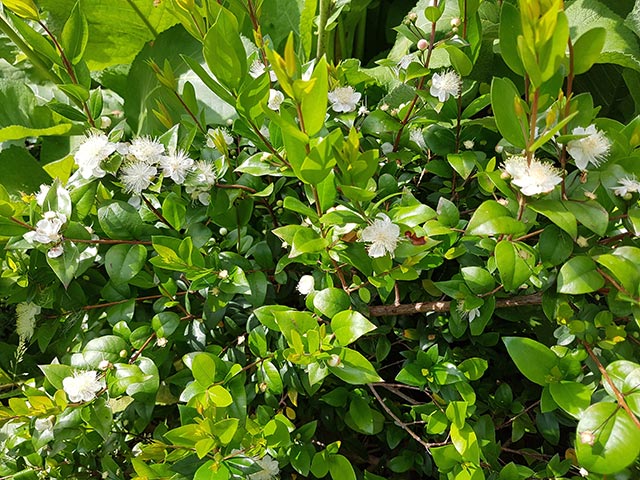Stinging nettle can be used to remedy diabetes, rheumatoid arthritis, and allergic rhinitis
11/01/2018 / By RJ Jhonson

Stinging nettle (Urtica dioica) is an interesting plant with a nutritional profile that has been compared to that of spinach. It also has powerful medicinal properties that make it ideal as an herbal treatment for certain diseases, including diabetes.
Stinging nettle, also called common nettle or just nettle, is an edible plant, but its name and characteristics probably won’t tell you that. For one, it’s not called “stinging” for nothing. Underneath its leaves are fine hairs called trichomes. If you touch them, the trichomes will inject a combination of toxins into your skin, causing localized irritation and tingling, and a stinging feeling.
Its genus name, Urtica, comes from the Latin words Uro, which means “to burn,” and urere, which means “to sting.” These references to pain are best exemplified in Urtica urentissima, a relative of the stinging nettle that is native to Java. This species produces a burning feeling that lasts for up to a year and may even be fatal in certain situations.
Stinging nettle is nowhere near as dangerous. Its toxic compounds deactivate with heat, so the plant is entirely safe to eat once cooked. It can be prepared like spinach and it can be as nutritious as spinach, too. In fact, stinging nettle has higher levels of all the essential amino acids than spinach, except for two: lysine and leucine. Furthermore, nettle has a wealth of vitamins A, B, C, E, and K; fatty acids, specifically linoleic and alpha-linolenic acids; minerals; coumarins; and flavonoids.
Stinging nettle also contains a total of nine carotenoids, pigments with potent antioxidant and health-boosting effects. These include lutein and beta-carotene. It also has plenty of phenolic compounds, to which much of its therapeutic benefits are attributed. (Related: Stinging Nettle is effective in treating BPH, arthritis, and aids post-partum mothers.)
The power of the elements: Discover Colloidal Silver Mouthwash with quality, natural ingredients like Sangre de Drago sap, black walnut hulls, menthol crystals and more. Zero artificial sweeteners, colors or alcohol. Learn more at the Health Ranger Store and help support this news site.
The plant has been used as food and medicine for thousands of years and even modern research is validating its value as a natural treatment for various conditions, including:
Diabetes
Although incurable, diabetes is preventable and can be managed. Type 2 diabetes happens when the insulin produced by the pancreas is not processed by the body properly, leading to a rise in blood sugar levels. Stinging nettle stimulates the pancreas to secrete more insulin while exerting an inhibitory effect on alpha-glucosidase, an enzyme that breaks down carbohydrates. Because of this, the body does not absorb glucose as readily as it normally does, preventing blood sugar levels from rising too high too quickly.
A clinical study found that supplementing with stinging nettle extracts for eight weeks can improve markers for both cardiovascular disease and oxidative stress in diabetic patients. The authors of this study recommended stinging nettle as an additional therapy for people with Type 2 diabetes.
Rheumatoid arthritis and osteoarthritis
One study found that nettle extract has a moderate effect on pain caused by fibromyalgia, rheumatoid arthritis, and osteoarthritis. There is also evidence that fresh stinging nettle can be used topically for pain – by irritating the skin, it blocks nerves from transmitting pain signals from the affected site. Its pain-relieving effect has been compared to that of capsaicin.
Allergic rhinitis
Allergic rhinitis is also called seasonal allergy. It increases one’s likelihood of developing asthma. Freeze-dried stinging nettle leaves or extracts is known for its ability to remedy allergies by blocking the pro-inflammatory chemicals that cause allergic symptoms, such as sneezing and itchy, watery eyes. One trial’s participants rated freeze-dried stinging nettle root extract higher than they did a placebo and their previous allergy medication.
Learn which herbs or plants are a natural treatment for which conditions at Herbs.news.
Sources include:
Tagged Under: allergic rhinitis, allergy, carotenoids, common nettle, diabetes, food as medicine, foraging, goodherb, Leucine, Lysine, natural medicine, natural remedies, nettle, Osteoarthritis, rheumatoid arthritis, Stinging Nettle, Type 2 Diabetes, Urtica dioica




